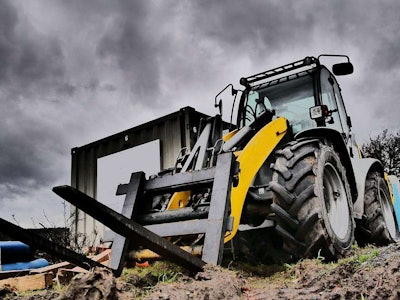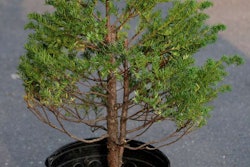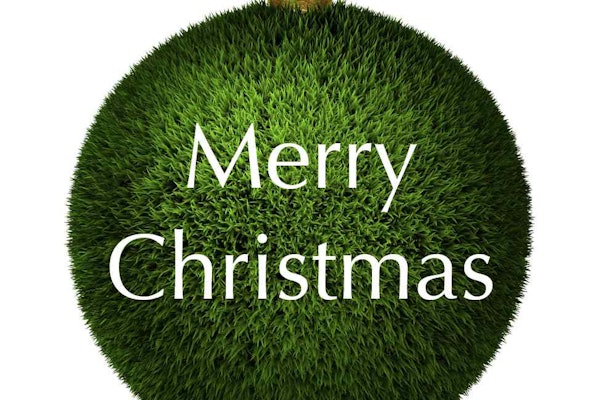 Photo: Pixabay
Photo: PixabayForklifts often go under-inspected and overlooked in many cases, and most companies are unaware of how often these forks should be inspected and how to do so.
Experts say that forklift forks should be visually inspected on a per-operation basis, and in addition to a visual inspection, federal law mandates a more thorough annual inspection be carried out by a trained professional.
During the visual inspection, the forks should be inspected for signs of bends, cracks or excessive wear or damage to either the fork tine or the positioning lock when using an ITA mounted fork.
What to look for
Excessive wear to the forks
Forklift forks can decrease in thickness over time just from normal wear. If the wear to the fork is over 10 percent of the total thickness however, it is considered excessive. Once forks show this much wear, they need to be replaced.
Fractures caused by collision, stress
When having forks inspected, look closely for gouges and fractures. Parts of the fork closest to the machine and the fork heel usually receive the most wear, and even small gouges and cracks are signs that a fork need to be replaced.
Fork tip
Fork tips are usually the first part of the fork to come in contact with material, and excessive wear or damage to the tips is an indicator that the forks need to be replaced.
Bends and uneven surfaces
From shank to blade, all forks are delivered with a 90-degree angle. If there are any bends or uneven surfaces detected on the shank or blade, the forks will need replacing.
Fork blade height differences
The height difference of each fork blade should stay within three percent of the fork length. For example, if the forks are 42 inches long, the allowable difference in the fork height would be 1.26 inches, and any difference in fork height beyond 1.26 inches is a sign that both forks should be replaced.
Fork hook
A few notable signs that the fork hooks need to be replaced are crushing, pulling, noticeable wear or other deformities. Along with those, the hooks should be replaced if the wear to the hook is causing an excessive amount of distance between the fork and the carriage.
Positioning lock
If damage to the positioning lock hinders it from locking completely, it should immediately be removed from action until it can be replaced. Not only is operating without a fully functional positioning lock unsafe, it is also illegal.
Questions to ask when getting ready to replace forks
Should they be replaced in pairs?
A common question that’s asked is whether or not forks need to be replaced singularly or in pairs. While the wear, tear and damage may only be apparent on one fork, it is not safe to only replace them one at a time. Experts highly recommend replacing forks in pairs to ensure they are both working equally.
When a forklift has two forks with different and unique amounts of wear and disproportionate hours of usage, it can create a multitude of safety and operational issues.
Are custom repairs or modifications to the forks okay?
Experts recommend seeking professional help when it comes to repairs and modifications. This ensures that the job is done correctly and that the forks will meet safety standards.
How is replacement fork quality determined?
When forks are made with high quality boron-carbon alloy high strength steel, they are rated 20 percent stronger than those made with 40CR. Additionally, forks fully immersed in industrial heat treatment ovens and cooling pools have been found to be the most durable. Forklift forks that are premium quality should exceed or meet all ANSI/ITSDF and ISO standards.












